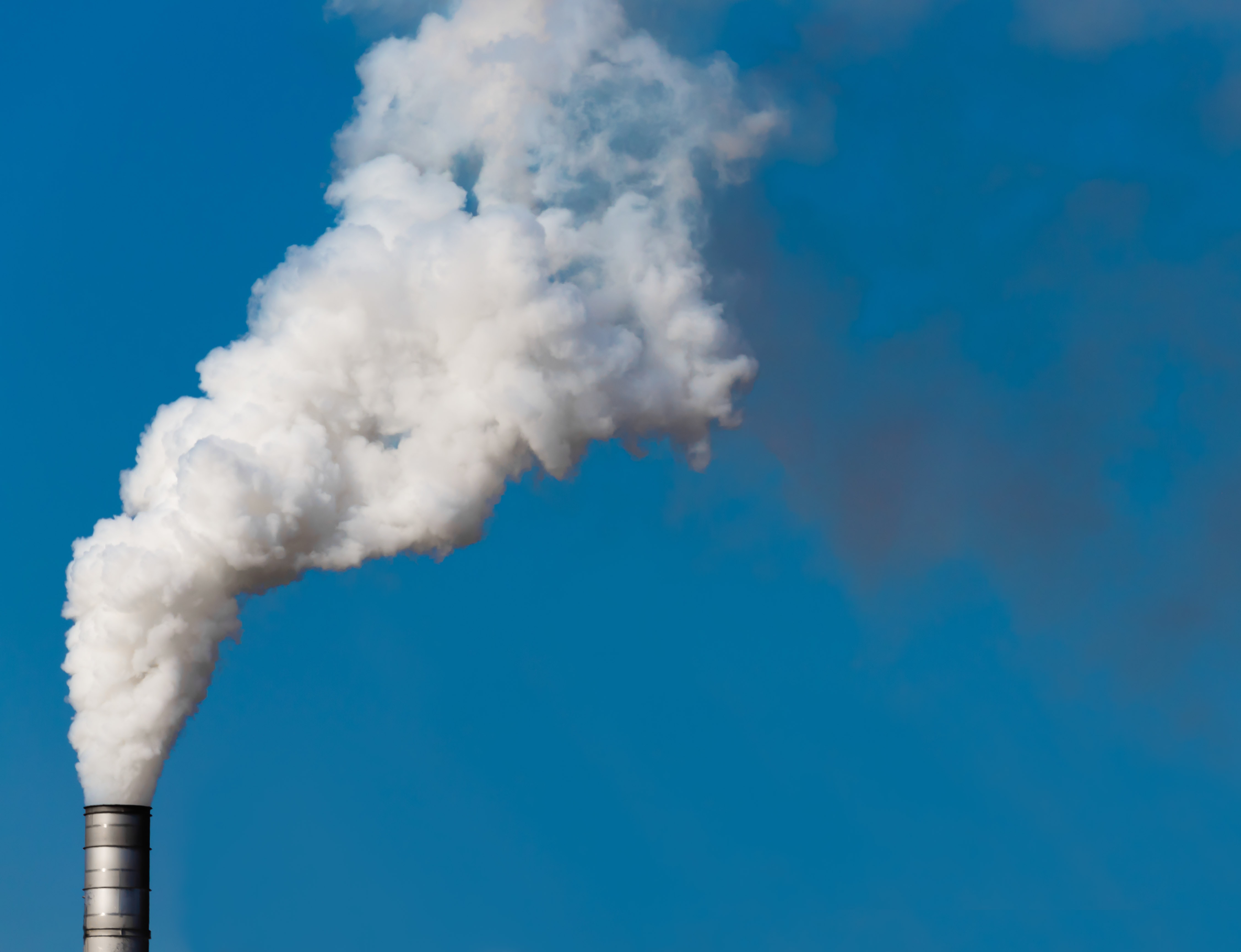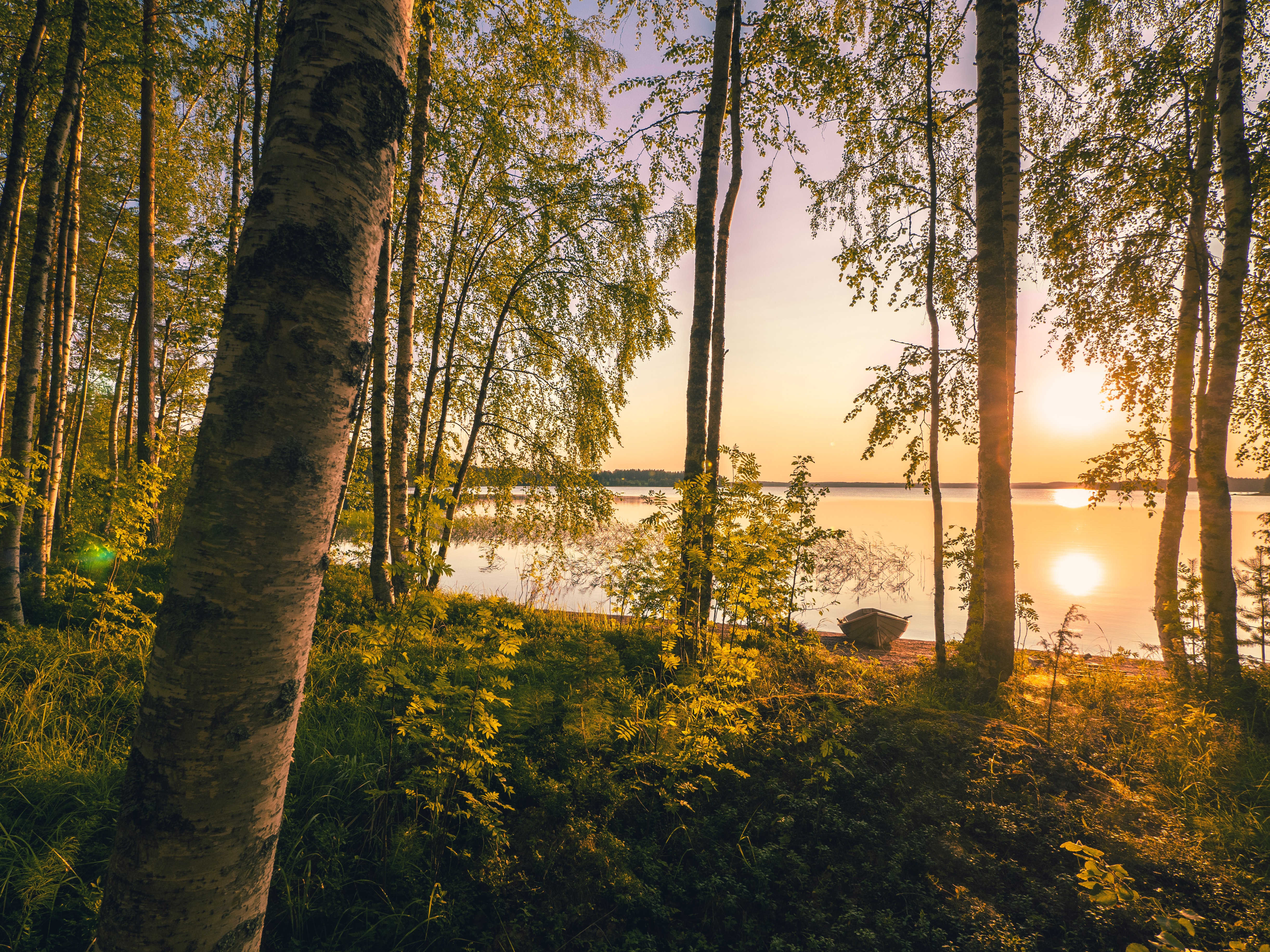Editorial Posted by Naava on August 5, 2021
Clean Air: the Next Global Health Trend
Why is clean air so important for us?
Human beings have certain basic needs. In his famous Hierarchy of Needs Theory, psychologist Abraham Maslow proposed that the basic human survival needs of food, water, air, shelter, and sleep need to be fulfilled before other needs, such as love, self-esteem, and self-actualization can be addressed. According to Maslow, we must incorporate these basic survival needs into our lives in order to survive and live balanced lives. If any one of these basic needs is not met, it is bound to affect us.
During the past decades, we have become increasingly aware of these needs and how we can live our lives in a more healthy way. We are tracking our sleep, our movement, and our heart rate with various smart devices. We are practicing “clean eating” and striving towards a diet that incorporates as much locally produced foods as possible. We are finding shelter in apartments and houses which we are customizing according to our own tastes and preferences. Wherever we go, our water bottle follows, as we know that it is important to stay hydrated.
When looking at all these measures we are taking in order to maximize our health and well-being, one question comes to mind. Considering our basic needs, do you notice one vital element that currently is not really being acknowledged or monitored? This element is air.

POLLUTED AIR - THE SILENT KILLER
We probably do acknowledge the importance of clean air for our health, but in reality we often do not really get to make a choice whether the air we breathe is fresh or not. Regardless of whether the air we currently breathe is clean, there really is no choice to stop breathing. Additionally, we usually cannot even tell if the air we are breathing is clean or dirty. Thus, in relation to air, we “must take what we can get”.
Today, over 90% of people living in urban areas are exposed to air quality that exceeds the limits set by the World Health Organization. According to the WHO, around 7 million people die prematurely due to air pollution annually, making it the world’s single largest environmental health risk. Already in 2012, one out of every nine deaths was the result of air pollution-related conditions.
However, only about 3 of the 7 million deaths are due to ambient (outdoor) air pollution. Contrary to popular belief, we are not protected from pollution inside our buildings, where we spend approximately 90% of our time. The amount of pollution indoors can be up to 10 times higher when compared to city air outdoors; sometimes it can exceed even 100–1000 times the concentration. This is because the already polluted outdoor air is drawn in and mixed with indoor pollutants. Pollutants like exhaust fumes, dust, and smoke leak in through mechanical ventilation systems and the shell of buildings, and different chemicals from construction and surface materials evaporate into the air we breathe. The sad fact is that we breathe over 15 000 liters of this toxic air every day.
Indoor air pollution has been ranked one of the top five risks to public health by the US Environmental Protection Agency (US EPA) and its Science Advisory Board (SAB) due to its impact on peoples’ health in urban areas all over the world. Poor indoor air quality has been linked to a staggering 65,000–150,000 deaths every year in the U.S. alone.

ALL WE CAN DO IS KEEP BREATHING
Taking all these factors into consideration, we should definitely embrace clean air as the next global health trend. We humans have sealed ourselves indoors, away from the air we were meant to live and breathe in. Instead, we have created synthetic, even sterile air, which is now making us feel ill. Therefore, as we have less opportunities to interact with nature and fresh air, we must focus on bringing nature and fresh air to us.
Luckily, decision-makers worldwide have already started to embrace this change. Green buildings and biophilic design are already keywords in present and future construction. When designing healthy indoor spaces that incorporate healthy air, the focus should be on the people occupying the buildings alongside the environmentally friendly building standards.
Along with many other pioneers striving towards a more breathable future, Naava has been working on its own solution for improving indoor air quality world-wide: the unique green wall technology that brings nature and healthy air inside offices and homes. Naava’s smart green walls are constantly tracking indoor air quality to ensure optimal and human-friendly circumstances. Naava’s vision is that by 2025, a billion people can choose to breathe fresh air where they spend most of their time – indoors.

